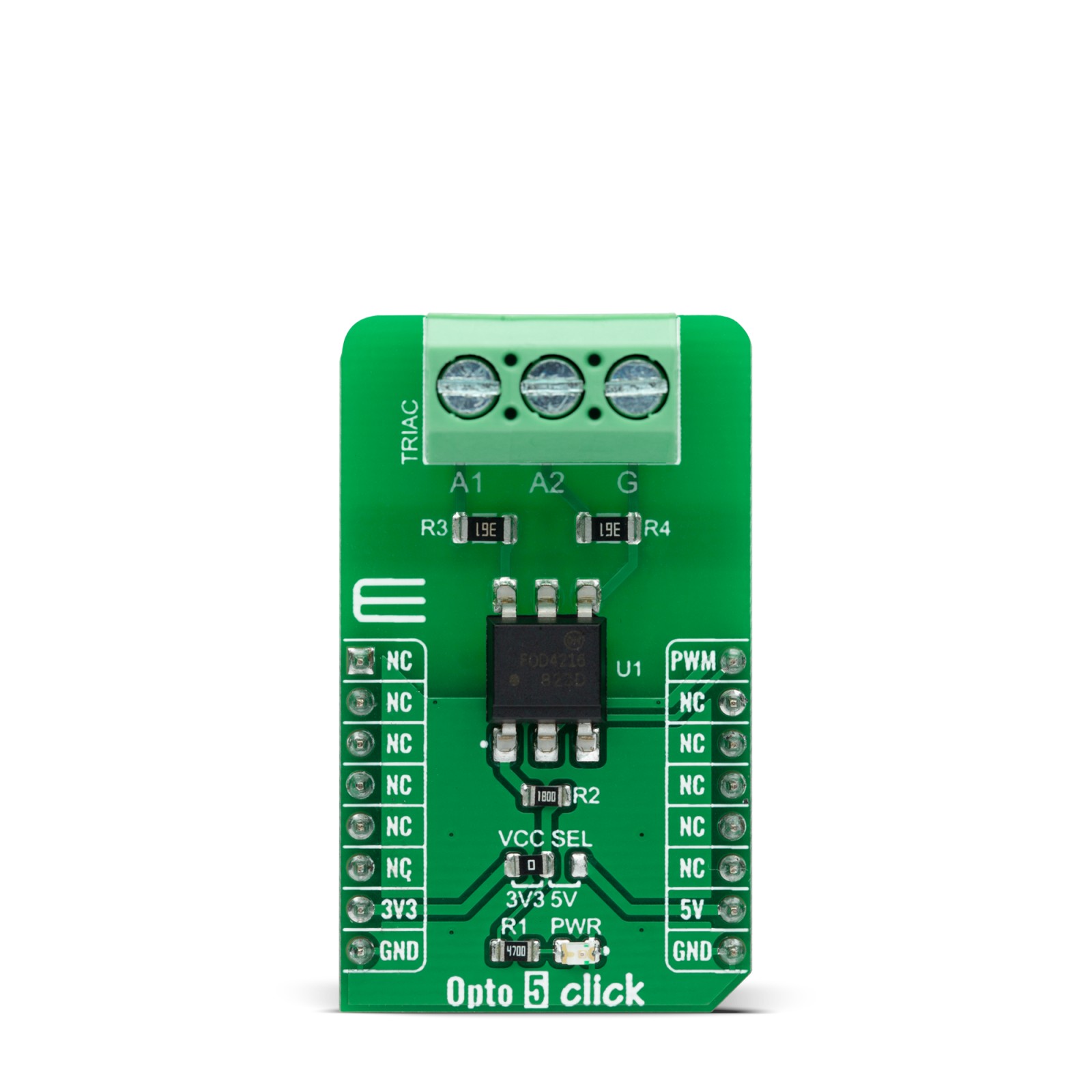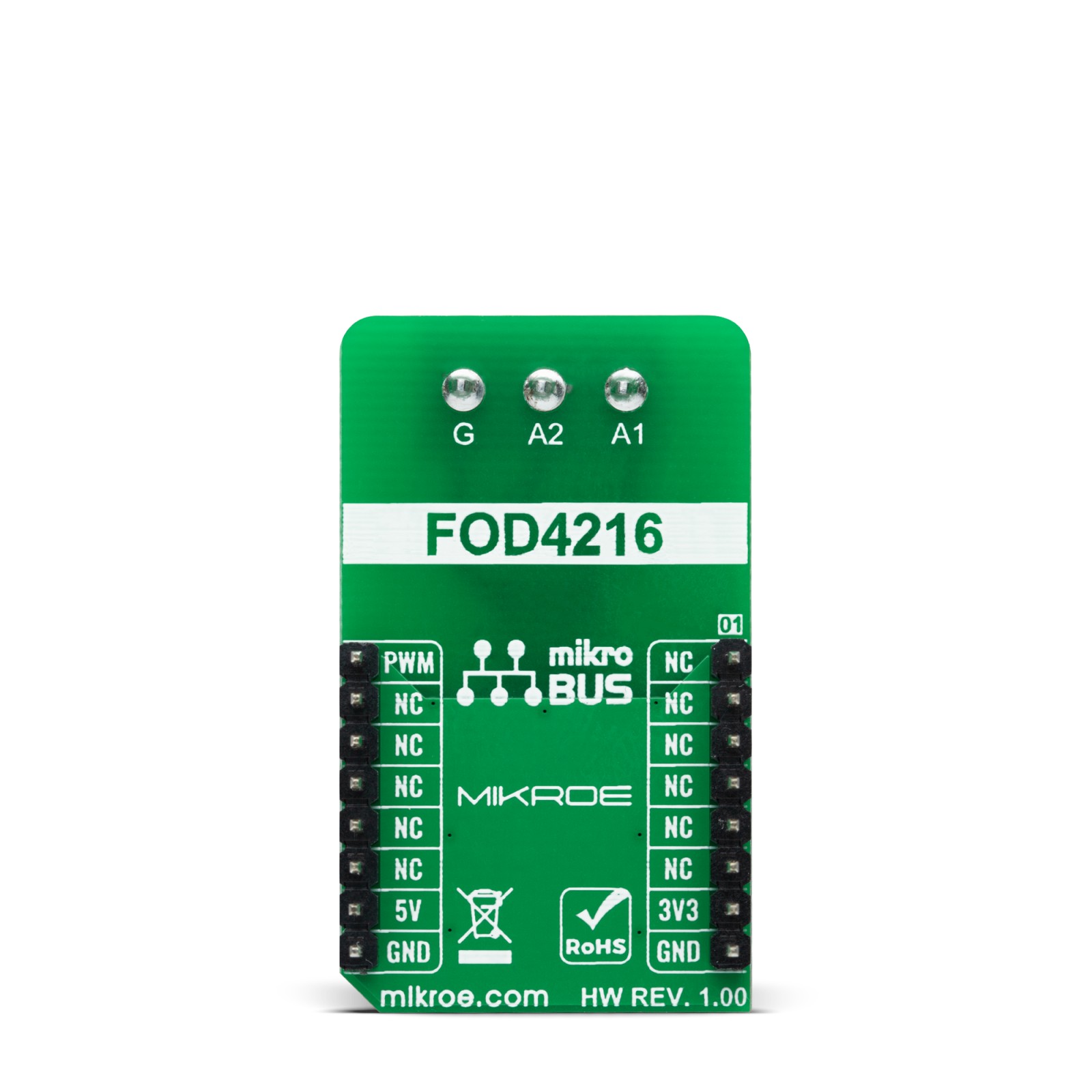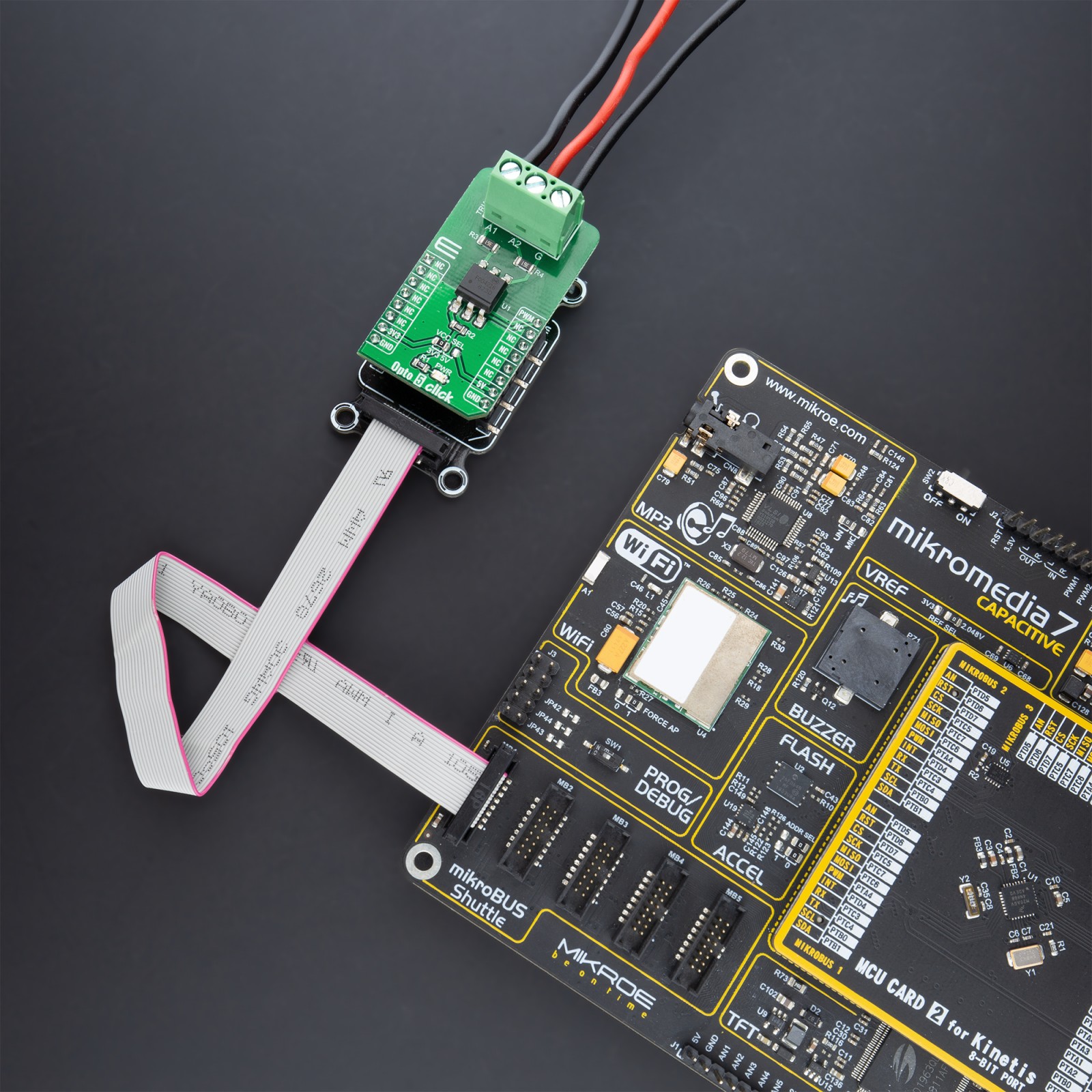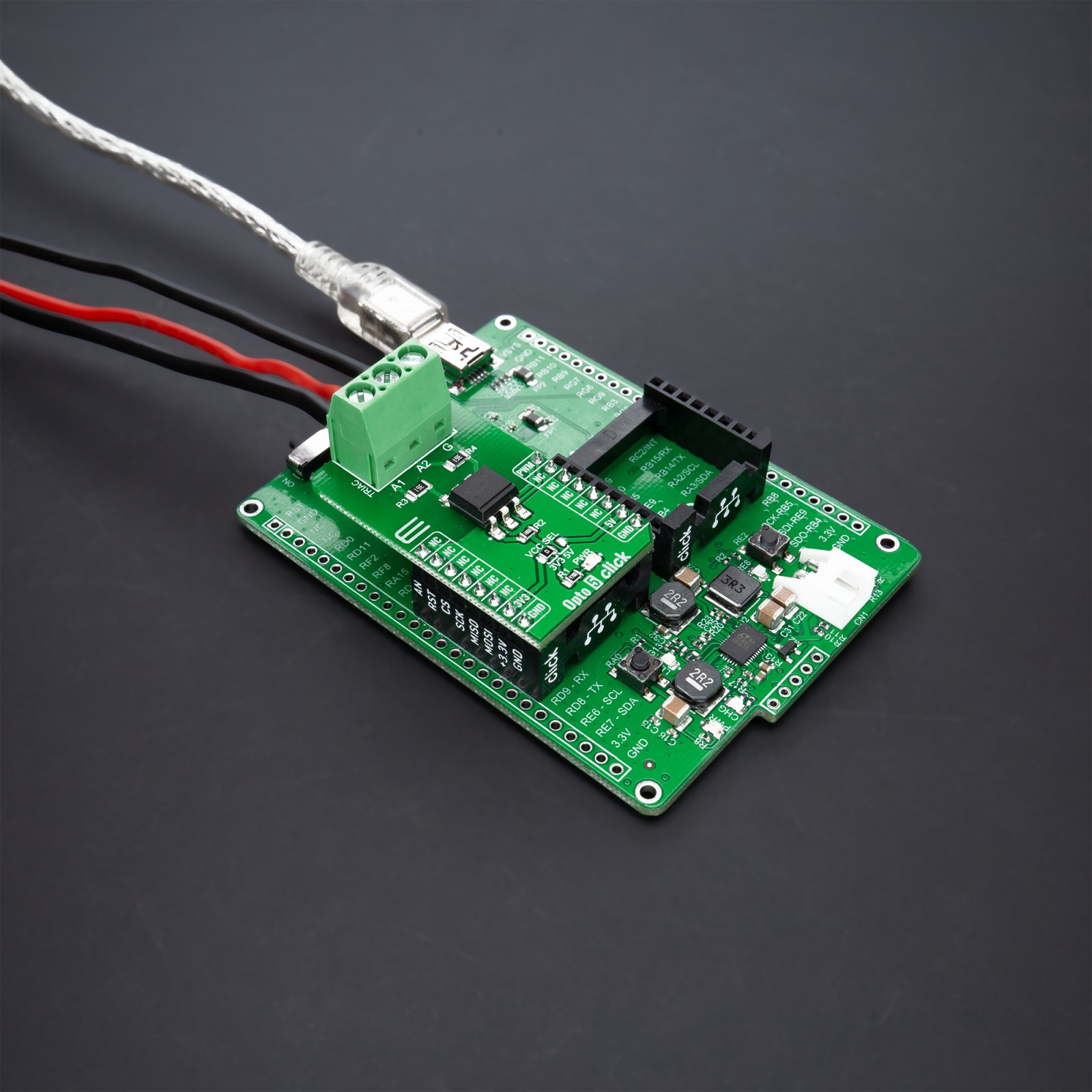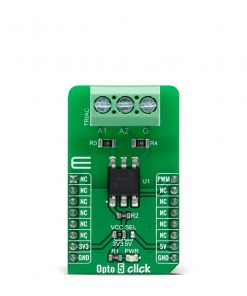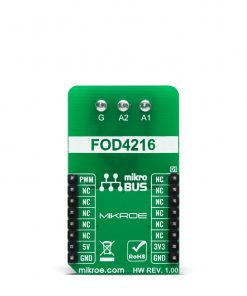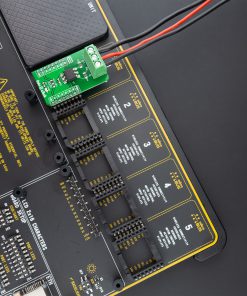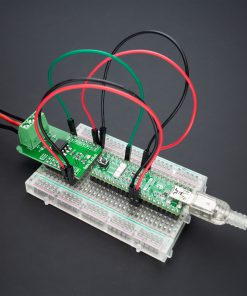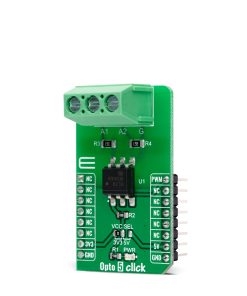-
×
 HYDROGEN Click
1 × R340.00
HYDROGEN Click
1 × R340.00 -
×
 DAC Click
1 × R415.00
DAC Click
1 × R415.00 -
×
 Proximity Click
1 × R225.00
Proximity Click
1 × R225.00 -
×
 RN4678 Click
1 × R870.00
RN4678 Click
1 × R870.00 -
×
 MPU 9DOF Click
1 × R555.00
MPU 9DOF Click
1 × R555.00 -
×
 RTC 2 Click
1 × R470.00
RTC 2 Click
1 × R470.00
Subtotal: R2,875.00

